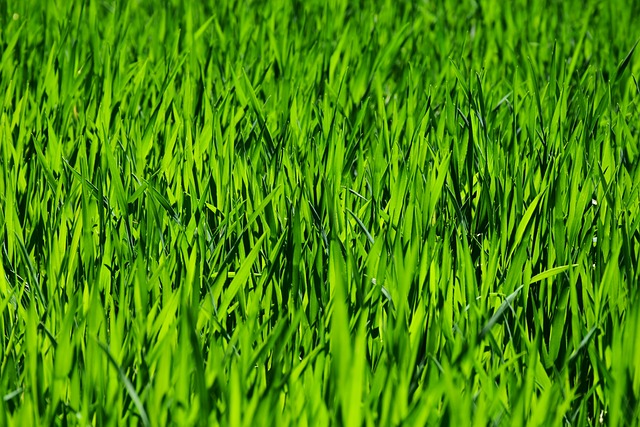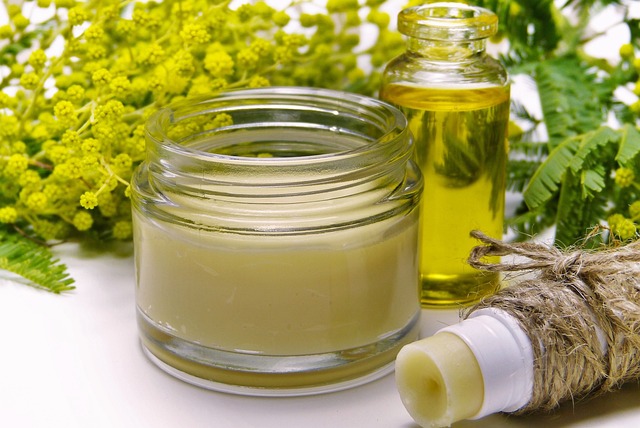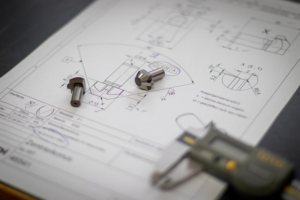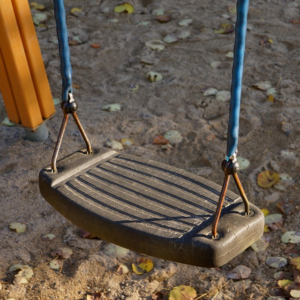Optimizing Lawn Health: Mulching Techniques and Edging for Precision Landscaping
Effective mulching significantly enhances lawn health by conserving soil moisture, regulating soil temperature, and providing nutrients as the mulch breaks down. This process stimulates beneficial microbial activity and improves soil structure f…….

Effective mulching significantly enhances lawn health by conserving soil moisture, regulating soil temperature, and providing nutrients as the mulch breaks down. This process stimulates beneficial microbial activity and improves soil structure for better grass growth. Mulch also plays a crucial role in moderating extreme temperatures, leading to a more resilient lawn that maintains a healthy appearance year-round. Integrating edging with mulching not only defines clear boundaries of the lawn but also prevents grass encroachment and soil erosion, contributing to an orderly and well-groomed landscape that reflects a commitment to quality lawn care and landscaping. Edging sharpens the lawn's boundaries, aids in targeted maintenance, and enhances both functionality and visual appeal. For optimal results, it's important to select appropriate mulch types based on local climate and grass type, apply a consistent two to three-inch layer, and reapply as needed, especially post-mowing. Regular edging, preferably twice a year or as maintenance dictates, supports these efforts by maintaining neat lawn edges, which in turn facilitates efficient lawn care practices. This comprehensive approach to lawn care and landscaping, including strategic mulching and precise edging, is essential for achieving a healthy, vibrant, and well-manicured lawn.
Maintaining a lush, vibrant lawn is a cornerstone of attractive landscaping, and two pivotal practices in this endeavor are mulching and edging. These techniques not only enhance the visual appeal but also contribute to the health and resilience of your grass. This article delves into the multifaceted benefits of incorporating mulching and precise edging into your lawn care routine, offering insights on selecting appropriate mulch materials, mastering application techniques, and understanding the impact of these practices on soil composition and moisture retention. With a focus on practical guidance, seasonal considerations, and expert advice tailored to various lawn conditions, readers will discover how these practices can be seamlessly integrated into their landscaping efforts for optimal growth and aesthetics.
- The Role of Mulching in Enhancing Lawn Health
- Types of Mulch Materials for Different Lawn Conditions
- Strategic Edging to Define and Maintain Lawn Borders
- Step-by-Step Guide to Effective Lawn Mulching Techniques
- How Edging Contributes to Lawn Care and Landscaping Aesthetics
The Role of Mulching in Enhancing Lawn Health

Mulching plays a pivotal role in promoting lawn health, serving as a critical component of effective lawn care and landscaping practices. When organic mulch is applied to lawns, it creates a protective barrier that conserves soil moisture by reducing evaporation rates. This not only decreases the frequency of irrigation needed but also provides a consistent supply of nutrients as the mulch decomposes. The introduction of these nutrients into the soil enhances microbial activity and improves soil structure, which in turn supports robust grass growth. Additionally, mulching helps in regulating soil temperature, maintaining cooler soil during hot spells and insulating it against freeze damage in colder periods. Lawns that incorporate mulching as part of their maintenance routine often exhibit greater resilience to environmental stressors and showcase a more lush appearance year-round. Landscaping with an eye on mulching strategies can thus elevate the aesthetic appeal of any property while ensuring the underlying lawn remains healthy and vibrant.
Incorporating edging into the landscaping design around a mulched lawn further enhances its visual appeal and functionality. Edging serves to clearly define the lawn’s boundary, separating it from garden beds, walkways, or driveways. This distinction not only provides a clean demarcation but also prevents grass encroachment into unwanted areas and soil erosion along the borders. When paired with mulching, edging helps to maintain an orderly and manicured look that is both inviting and well-maintained. The combination of strategic mulching and precise edging techniques underlines a commitment to top-tier lawn care and landscaping, creating outdoor spaces that are both beautiful and sustainable.
Types of Mulch Materials for Different Lawn Conditions

Lawn care and landscaping professionals often emphasize the importance of selecting appropriate mulch materials to maintain a healthy lawn. Mulching is a key practice that conserves soil moisture, moderates soil temperature, and improves soil quality. For sunny, well-drained areas of your lawn, organic mulches like wood chips or shredded bark are ideal as they break down over time, adding valuable nutrients to the soil. In contrast, for shaded regions where grass may struggle to thrive, a layer of finer mulch, such as straw or pine needles, can help suppress weeds and maintain soil moisture without overshadowing the grass. These materials also decompose at different rates, contributing to the soil’s humus content, which is beneficial for lawn care and landscaping efforts aimed at creating a robust and lush lawn. Additionally, inorganic options like rubber or stone mulch can be used where organic matter is not desirable due to their longevity and minimal decomposition. Whatever your lawn conditions, selecting the right type of mulch is crucial for optimizing growth and ensuring a well-maintained landscape. Proper edging around flower beds or walkways not only enhances the aesthetic appeal but also demarcates the lawn area, allowing for targeted care and preventing the spread of weeds and grass into unwanted spaces. Landscaping with a thoughtful approach to mulching and edging can significantly contribute to a thriving and visually appealing lawn environment.
Strategic Edging to Define and Maintain Lawn Borders

Engaging in strategic edging is a fundamental aspect of lawn care and landscaping that delineates the boundary between your lawn and garden beds or hardscape features, promoting a neat and manicured appearance. This practice not only enhances the visual appeal but also serves a practical purpose by preventing grass from encroaching onto unsuitable areas and weeds from taking over your lawn. To achieve crisp and clean lines, use a half-moon edger or a similar tool to edge along pathways, driveways, or flower beds. This action separates the turf from other landscape elements, ensuring a clear demarcation that accentuates the design of your outdoor space. Regularly scheduled edging, done at least twice a year or as needed, complements your overall lawn care and landscaping efforts by allowing for easier maintenance, such as mowing and fertilization, within the precise boundaries of your lawn.
Incorporating edging into your lawn care routine is more than just a cosmetic choice; it’s a strategic approach to lawn maintenance that can lead to a healthier and more vibrant lawn. The edging serves as a physical barrier that keeps grass trimmings, soil, and other yard debris from accumulating in unwanted areas. Moreover, when combined with mulching, the edging acts as a containment feature for the mulch, preventing it from spreading onto the lawn or into garden beds. This contains the mulch’s beneficial properties, like moisture retention and temperature moderation, directly where they are most effective for plant health. By adhering to this approach in your lawn care and landscaping regimen, you can create a more defined and maintained landscape that enhances both the aesthetic and functional aspects of your outdoor space.
Step-by-Step Guide to Effective Lawn Mulching Techniques

Lawn care and landscaping professionals recommend mulching as a key practice for maintaining a healthy, vibrant lawn. Effective lawn mulching techniques can significantly improve soil health, retain moisture, and suppress weeds. To begin with, select the right type of mulch that complements your grass type and local climate conditions. Organic options like straw, grass clippings, or wood chips are commonly used and decompose over time to enrich the soil. When applying mulch, ensure a consistent layer covers the area, typically about two to three inches thick. This prevents excess sunlight from reaching weeds, which can lead to their growth, while allowing water and air to reach the grass roots. Use a lawn rake to spread the mulch evenly, focusing on areas where soil is exposed or thin. Afterward, edge the borders of your lawn to create a clean, finished look that defines the boundary between your grass and garden beds or walkways. This not only enhances the aesthetic appeal but also prevents grass from encroaching onto unwanted areas. Edging tools such as manual spades, half-moon edgers, or electric edgers can be employed for this task, depending on your preference and the size of your lawn. Regularly mulching and edging are integral parts of lawn care and landscaping that contribute to a well-manicured lawn, promoting a healthy root system and an overall neat appearance. Remember to monitor the mulch levels regularly, as frequent mowing can reduce grass clippings and may require additional mulch applications throughout the growing season.
How Edging Contributes to Lawn Care and Landscaping Aesthetics

Edging plays a pivotal role in delineating the boundary between a lawn and garden beds or sidewalks, which is essential for maintaining a neat and orderly landscape. By providing a clear demarcation, edging enhances the visual appeal of the yard, allowing for a more polished and manicured look. This definition not only improves the aesthetics but also prevents grass encroachment into flowerbeds or walkways, which can detract from the overall landscape design. Regular edging helps to keep lawn edges crisp and clean, making it easier to manage lawn care tasks such as mowing and trimming. It also allows for effective watering and fertilization of the intended areas, ensuring that resources are used efficiently and that each part of the lawn and garden receives the appropriate amount of care. Moreover, edging can be a functional complement to mulching, as it helps to contain the mulch within the desired area, which not only conserves the mulch but also reduces the spread of weeds and grass into unwanted spaces. This dual benefit of maintaining landscape aesthetics and facilitating effective lawn care practices underscores the importance of edging in both maintenance and design contexts.
In conclusion, a well-maintained lawn is a cornerstone of landscape beauty and environmental health. Mulching and strategic edging are integral practices in lawn care that offer numerous benefits for your green space. By selecting appropriate mulch materials tailored to your lawn’s specific conditions, you can enrich the soil, regulate moisture levels, and inhibit weed growth, all contributing to a lush, healthy lawn. Complementing this with precise edging not only maintains clear, defined borders but also enhances the overall aesthetic of your yard, making it a standout feature in lawn care and landscaping. Embracing these techniques will elevate your outdoor space, ensuring it remains vibrant and inviting throughout the seasons.







